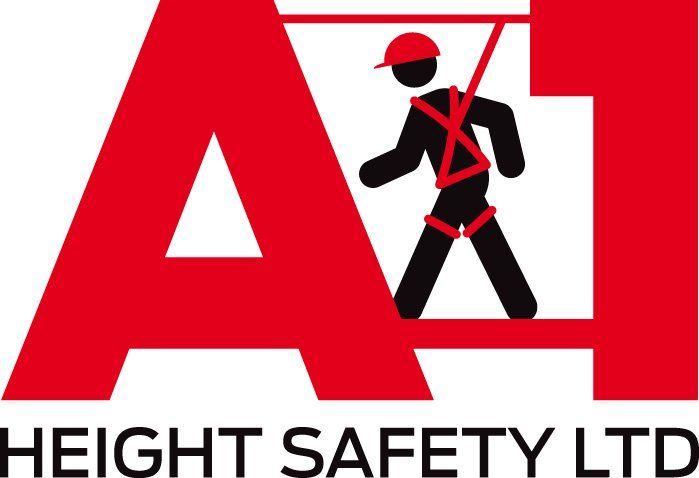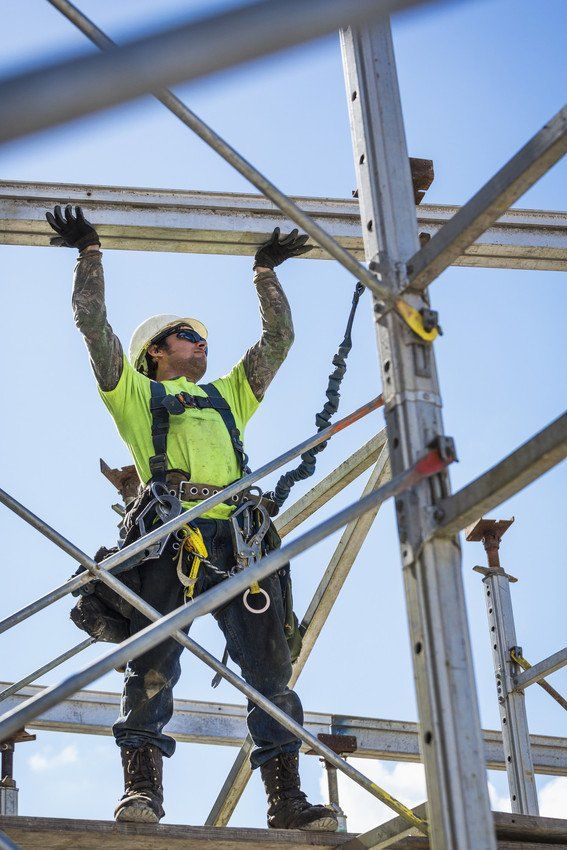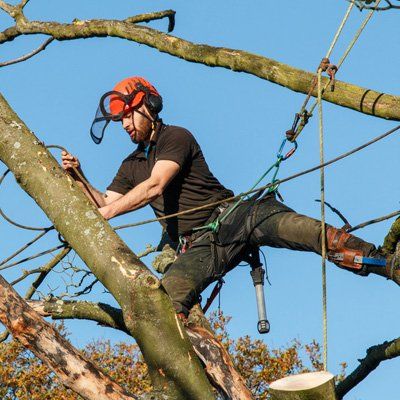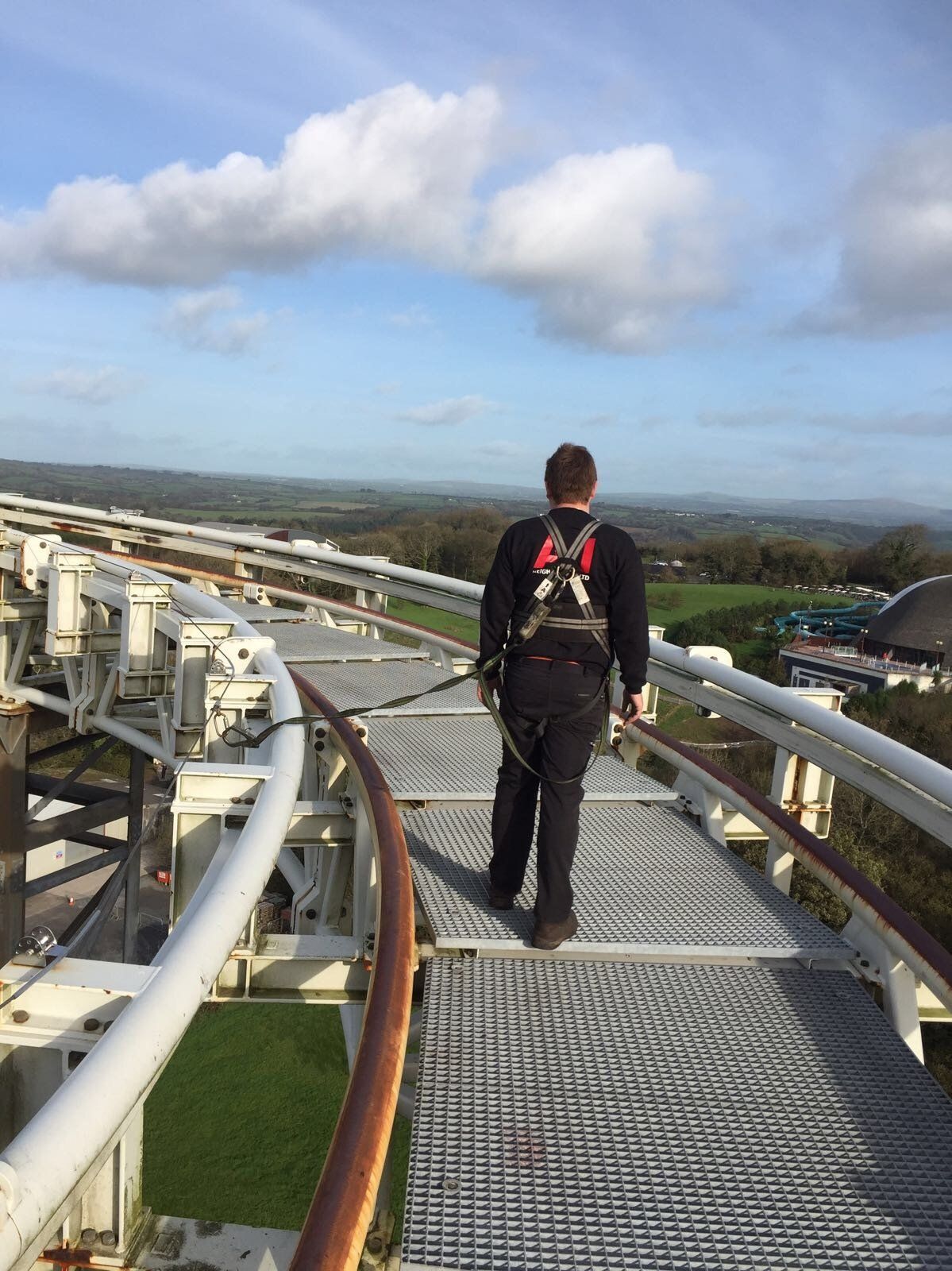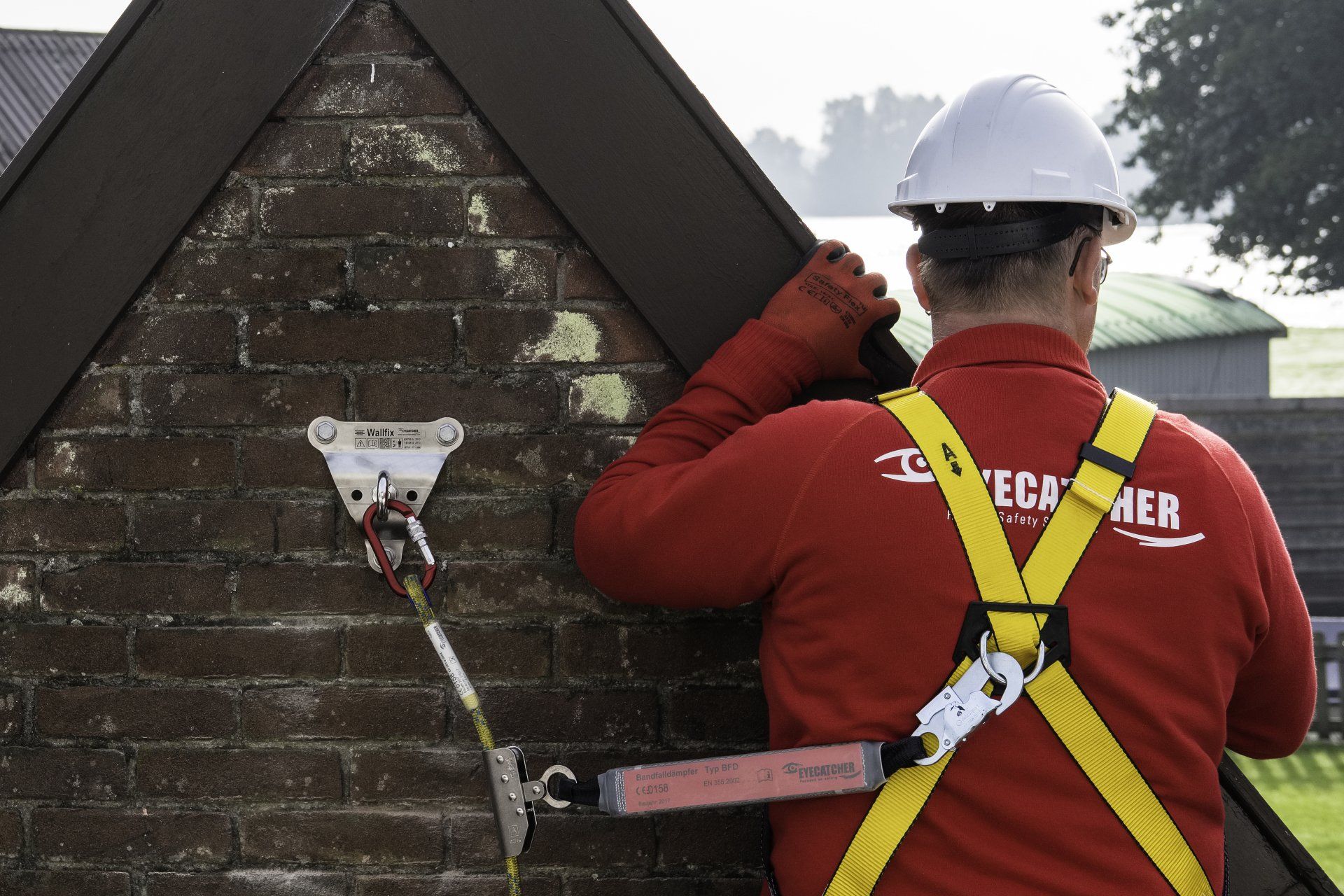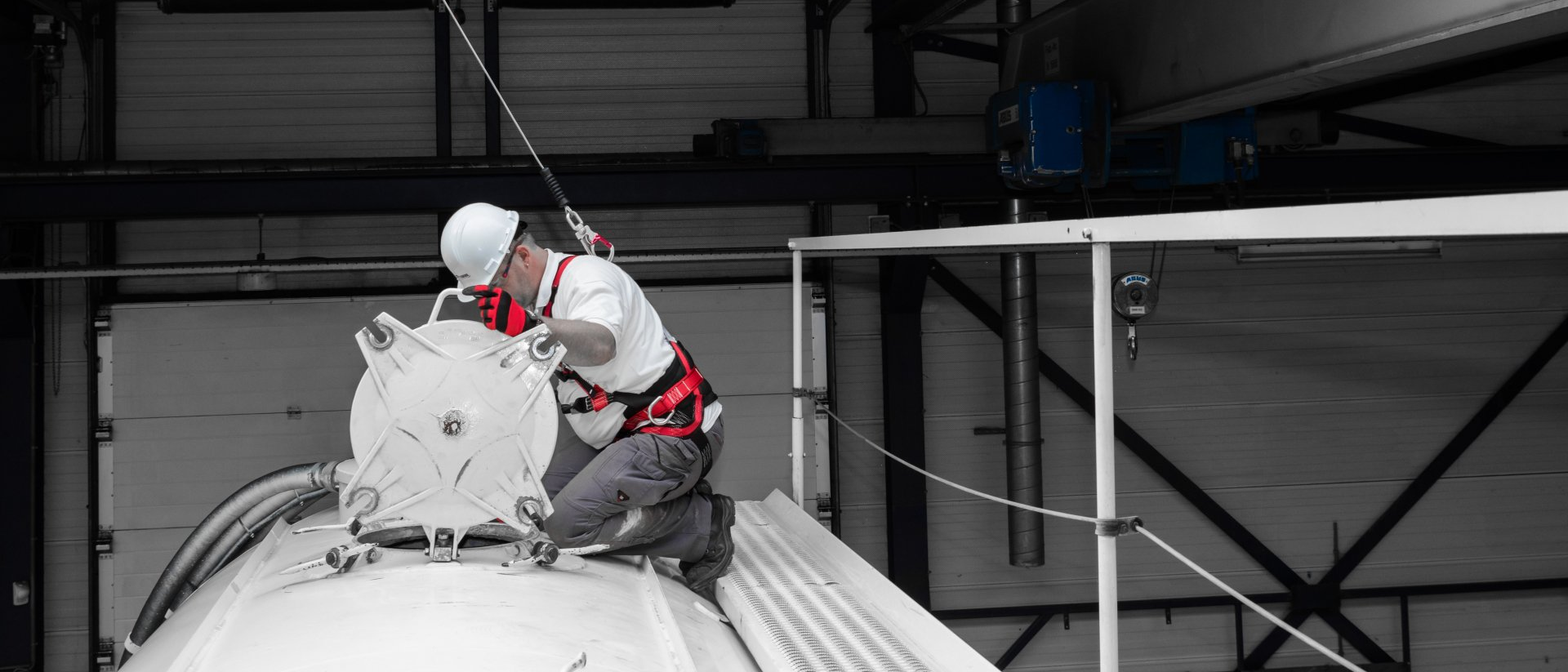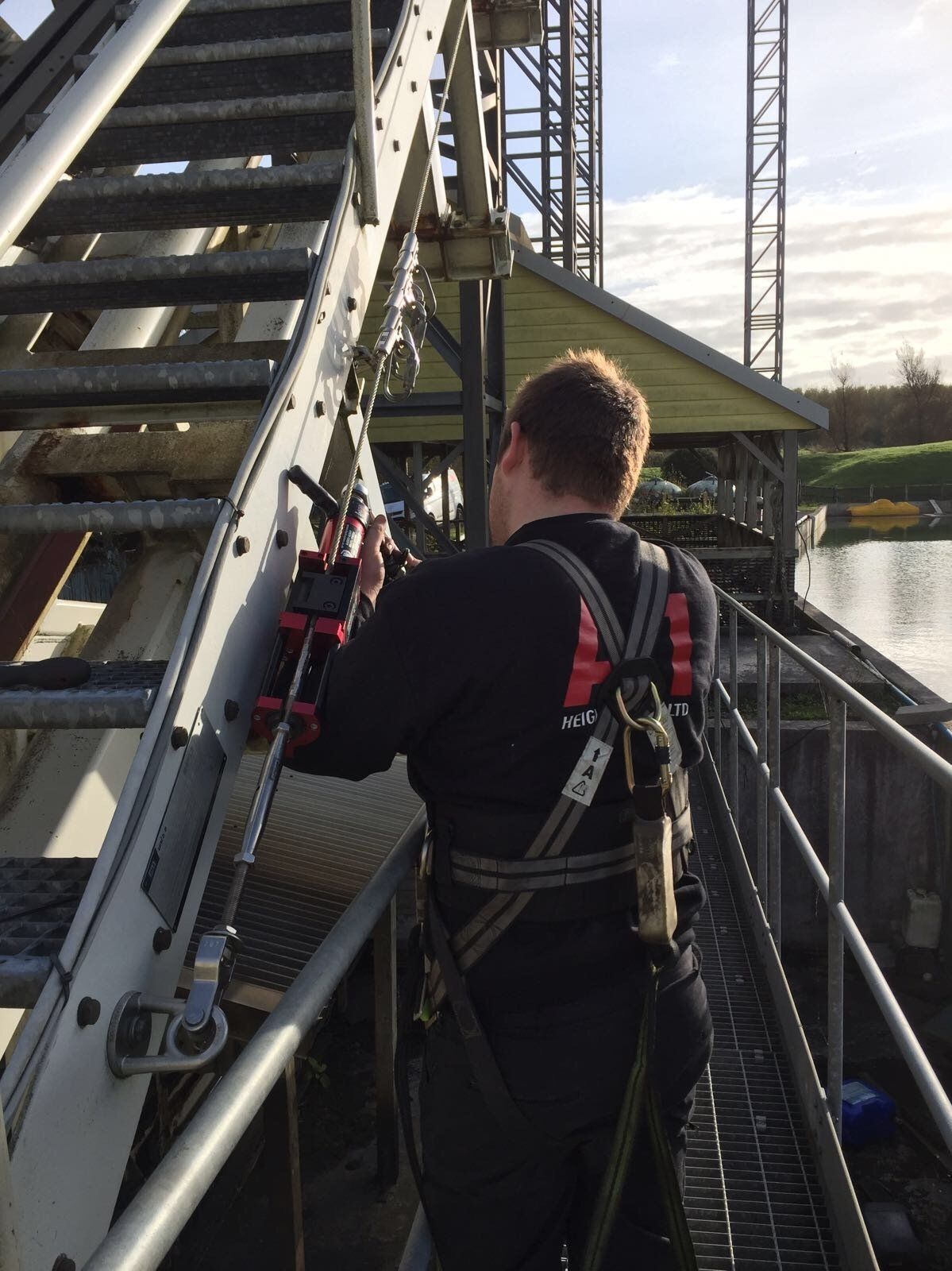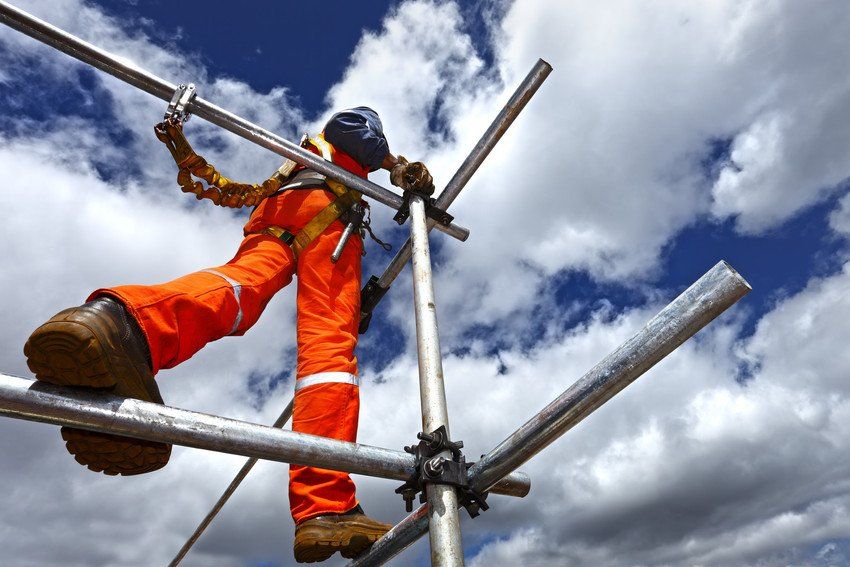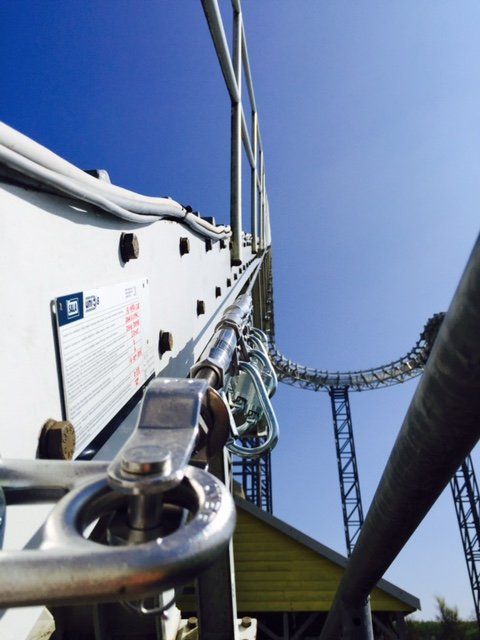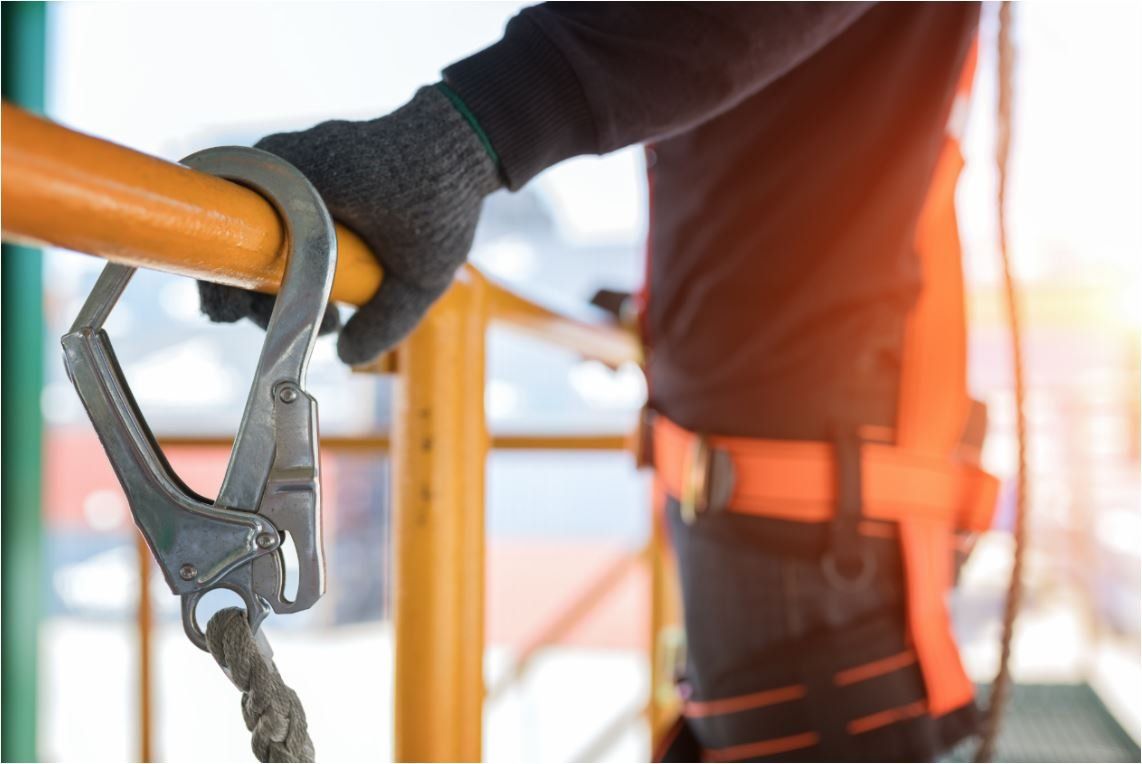The Benefits of Using Horizontal Safety Lines
One of the main causes of fatal injuries and even death in the workplace each year is due to people falling from height, especially from roofs. To make sure you have optimum safety when working on a roof and to maintain your employees welfare at all times, you need the commitment of all those involved to ensure that correct fall protection measures are being used.
Personal fall protection equipment must always be implemented. With this in mind, here are some of the many benefits of using horizontal safety lines for your business.
Horizontal safety lines
Horizontal safety lines decrease the likelihood of falls from height. They are a cost-effective, ideal solution should working at height be unavoidable and guarding not achievable. The system is often designed for 2-3 users at any one time and needs more advanced training on working at height and PPE. Fall arrest systems will require suitable rescue plans as well as the necessary rescue training.
Hands-free
These systems can be fixed to pretty much any kind of roof or structures and also offer you a discrete and attractive solution where collective measures are not suitable.
Horizontal safety line systems offer you continuous hands-free access for all aspects of roof inspection and maintenance. They are required by law that this system is inspected and certified every year as a minimum along with any associated PPE equipment.
Safety
If you or your workers are carrying out work on a building site without preinstalled collective edge protection such as guardrails or scaffolding, this could ultimately be fatal. Should a fall take place, the safety line will prevent or reduce the likelihood of a more serious injury, or possibly death. It is important to remember that a horizontal safety line should not be your first choice for protection, but it is still a crucial piece of equipment and a preventative measure. The hierarchy of control’s emphasis on collective edge protection over personal means you should consider putting permanent edge protection in place. You must also have an adequate rescue plan with trained operatives in place when using safety lines.
Fall restraint
When a building has enough sufficient space and has a roof that can sustain someone walking on top of a flat surface, horizontal safety lines are recommended by industry experts. These systems operate with a lanyard attached to the safety line on one side of the wire rope, with the other side attached to a harness worn by a qualified Working at Height professional. This permits personnel to walk alongside the safety line and carry out any maintenance, installation or other tasks while also avoiding a fall. These systems are certainly adaptable and have variations for different types of roofs, such as flat, metal deck or standing seam roof solutions.
Horizontal fall arrest
Much like a fall restraint system, this solution consists of a short wire rope with one end attached to an anchor post or safety line via a lanyard and the other side attached to a harness. The rope tends to be short, and this is because it is designed to stop personnel from falling off a building, but unlike a vertical fall arrest, the system is often parallel with the legs of the Work at Height operative using it, as opposed to being above them. These systems are good for working on pitched roofs or other areas at height with limited space.
Versatile and provides independence
A major advantage of horizontal safety lines is the fact that they are largely versatile, making them well suited for nearly any job site at any stage of work. A prime example, they are perfectly acceptable to connect to an anchor bolted to a concrete wall on one end, and a beam clamp or cinch-style anchor on the other. You must always remember to adhere to manufacturer’s guidelines.
Increased worker capacity
Horizontal safety lines can vary in total worker capacity, which is the number of workers that can be connected to the system, depending on whether the application is a fall arrest (where the potential exists for the worker from accessing an edge) or fall restraint (no potential exists for the worker to access an edge).
For two workers in fall arrest scenario, it may not seem like a worker or anchor advantage since there is still technically one worker for every installed anchor, but the fact is that the workers could potentially access up to 100 linear feet along the horizontal safety line, as well as the additional area allowed by their connector stretching perpendicular from the horizontal safety line, all without having to transition between anchors. In fall restraint, on approved horizontal safety line systems, the number of workers increases to four, in turn, doubling up worker capacity on the same two-anchor system.
Quick and simple deployment
For their flexibility and effectiveness in preventing falls and keeping workers safe at height, it might seem like horizontal safety lines are complicated to use with an excess of moving parts, complex installation procedures or the requirement for specialist engineering - however, this is not the case.
While certain applications may require specialist engineering, the huge majority of horizontal safety lines are easily installed by the user because they are pre-engineered, taking much of the work out of designing a system.
Selecting a horizontal safety line which is a compatible anchor for your substrate; pick the cable or rope horizontal safety line system that best suits your application, and install per the supplied instructions - this will mean no engineer is required. Most systems need some simple assembly using familiar components like wire thimbles, fist-grips, shackles and turnbuckles; whereas, most rope systems come fully assembled and include a built-in, self-adjusting tensioner and carabiners for connecting to the anchors.
A1 Height Safety - Here to Help you With Your Horizontal Vertical Safety Line Systems
Are you in need of horizontal safety lines? Well, in that case, A1 Height Safety is here to help. All our engineers are fully trained by Capital Safety and have had extensive training in this field. We have invested extensively in equipment for the design, installation, testing and certification of height wire systems, fall arrest systems, safety line systems, harness anchor points and plenty more.
We provide a comprehensive range of fall arrest and fall protection products, which offer fully compliant, practical solutions for structures of all types, in all kinds of industries. We aim to deliver the highest standards of quality, service, training and support for our customers. We provide local support and installation services to meet the safety objectives of our valued clientele.
We look after every aspect of safety at height, in every type of workplace. We also cover all of the UK and have engineers in various locations improving our response time. To find out more about our services and what we can provide for you, please feel free to visit our website or don’t hesitate to contact us today. Or you can email us on info@a1hs.co.uk We’d be delighted to help with any enquiries you may have about your height safety systems.
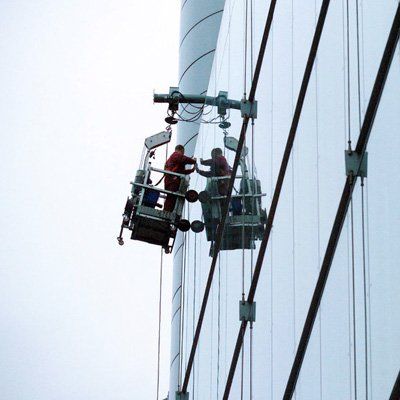
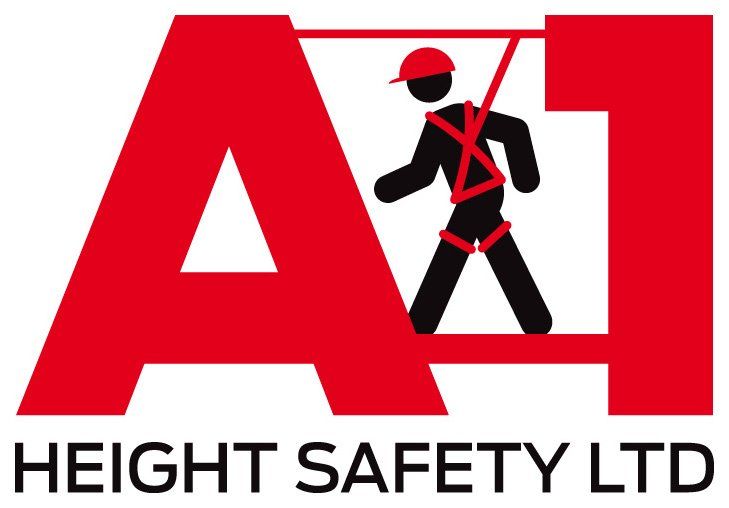
We will get back to you as soon as possible
Oops, there was an error sending your query.
Please try again later
Unit 7 Atlantic Point, Atlantic Trading Estate, Barry,
CF63 3AA
